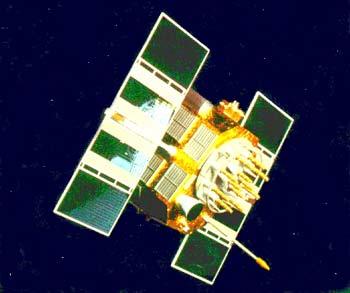Source: Xinhua
04-16-2009 16:44
Special Report: Tech MaxBEIJING, April 15 (Xinhuanet) -- Global Navigation Satellite System (GNSS) is the standard generic term for satellite navigation systems that provide autonomous geo-spatial positioning with global coverage.
 |
| At present, GNSS (Global Navigation Satellite System) consists of the American GPS as well as of the Russian counterpart, the GLONASS. In the future, signals from the European satellite navigation system Galileo will be processed, too. |
GNSS allows small electronic receivers to determine their location (longitude, latitude, and altitude) within a few metres using time signals transmitted along a line-of-sight by radio from satellites. Receivers on the ground with a fixed position can also be used to calculate the precise time as a reference for scientific experiments.
China's Compass:
Compass, China's independent global satellite navigation system, is planned to complete by launching about 30 more orbiters before 2015, with 10 navigation satellites into the space in 2009 and 2010. The current Compass system only provides regional navigation service within China and neighboring regions.
U.S. Global Positioning System:
Global Positioning System is a global navigation satellite system developed by the United States Department of Defense and managed by the United States Air Force 50th Space Wing. It became fully operational in 1993. The system allows users to determine their positions within a few meters. As of 2009, GPS is the only fully operational GNSS.
